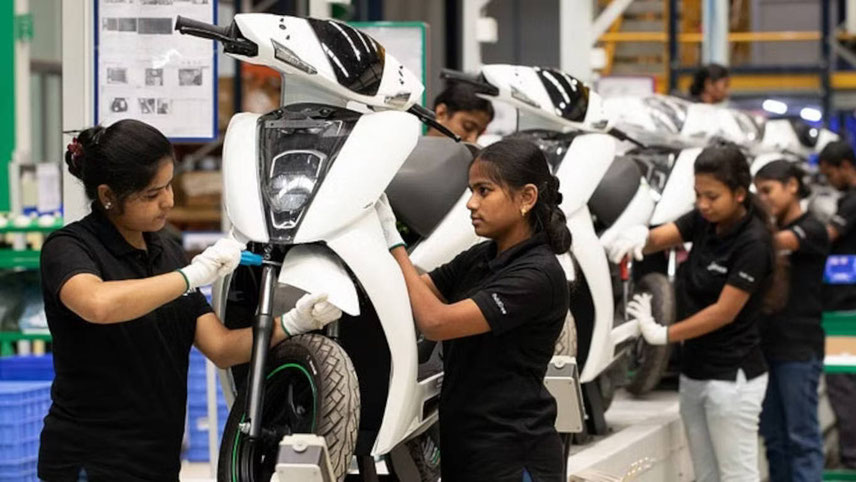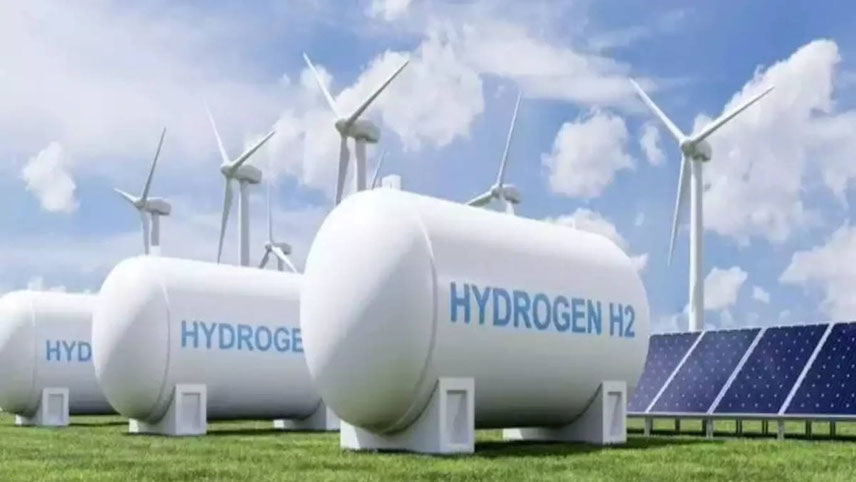
Global context: The agenda of global climate change is real, and requires immediate attention with comprehensive and coordinated action plans, coupled with tangible and carefully monitored targets. As per the latest IPCC report released in August 21, scientists have observed various changes in the climate that are unprecedented – such as continued sea level rise – and are irreversible over hundreds to thousands of years. The report provides new estimates of the chances of crossing the global warming level of 1.5°C in the next decades, and therefore much deeper efforts are needed in large-scale reductions in greenhouse gas emissions, limiting warming close to 1.5°C or even 2°C. Various countries have taken a pledge to tackle climate change by reducing the emission. The realisation of its impact on future generations and overall sustainability is greater than ever. Indian context: As per Indian Metrological Department data, the average temperature in India has increased by 0.6 °C between 1901-10 and 2009-18. The World Bank estimates that at the current trajectory, the average temperature in India could reach as high as 29.1° C by the end of the century, up from the present 25.1° C. The Global Climate Risk Index 2021 mentions that India was the seventh most impacted country globally on account of climate change for the year 2019. As a country, on a per capita basis, we are amongst the lowest contributors to greenhouse gas emissions in the world. India has always maintained that while we are not the cause of the problem, we will certainly be part of the solution. At the same time, India does have some domestic factors like over-dependence on coal for power generation. As per publically available data, 68 per cent of India’s emissions come from generating power or energy. It not only contributes to climate change but also aggravates the problem of air pollution. Moreover, agricultural policies in our country encourage excessive use of water, therefore leading to uneven water distribution across the sectors. Climate change regulations are going to impact those manufacturing operations which are energy intensive. The push towards clean energy is likely to spike the energy prices in short run, however as technology matures and aided by robust government policy support, we hope that the cost dynamics will be favourable in the long run. Also, in parallel, industries can continue their investments towards deploying operational efficiency improvement measures, to reduce the overall energy footprint and emissions. Many firms that had previously invested in energy conservation are now in fact reaping the financial benefits from it. Therefore, the business community should start drawing up a climate change policy that promises to be a win-win for all. Manufacturing companies also need to come forward and innovate environment-friendly products and technologies. This should be viewed as a business opportunity, rather than as a compliance burden. Many steps are already being undertaken, such as green plantations, usage of renewable energy resources like solar and wind power, blue hydrogen/green hydrogen, green CO2s, eco-friendly packaging and recycling of by-products. Businesses investing in environmentally friendly technologies that reduce carbon footprint should be rewarded through fiscal and non-fiscal incentives. They must have access to latest innovations, and governments should play a leading role in ensuring that green technologies are made available at nominal costs. Developed world need to encourage emerging economies to access technological advancements made in the field of renewable energy. The government should also come out with a robust roadmap and a firm commitment towards reduction of carbon emissions, which is practically feasible and possible. Collaborative efforts among stakeholders such as governments, financial institutions, research institutes, investors and corporates, can go a long way towards supporting RE projects. There is also a need to improve and make the approvals and clearance systems more transparent, to reduce the transaction costs associated with such systems.


































